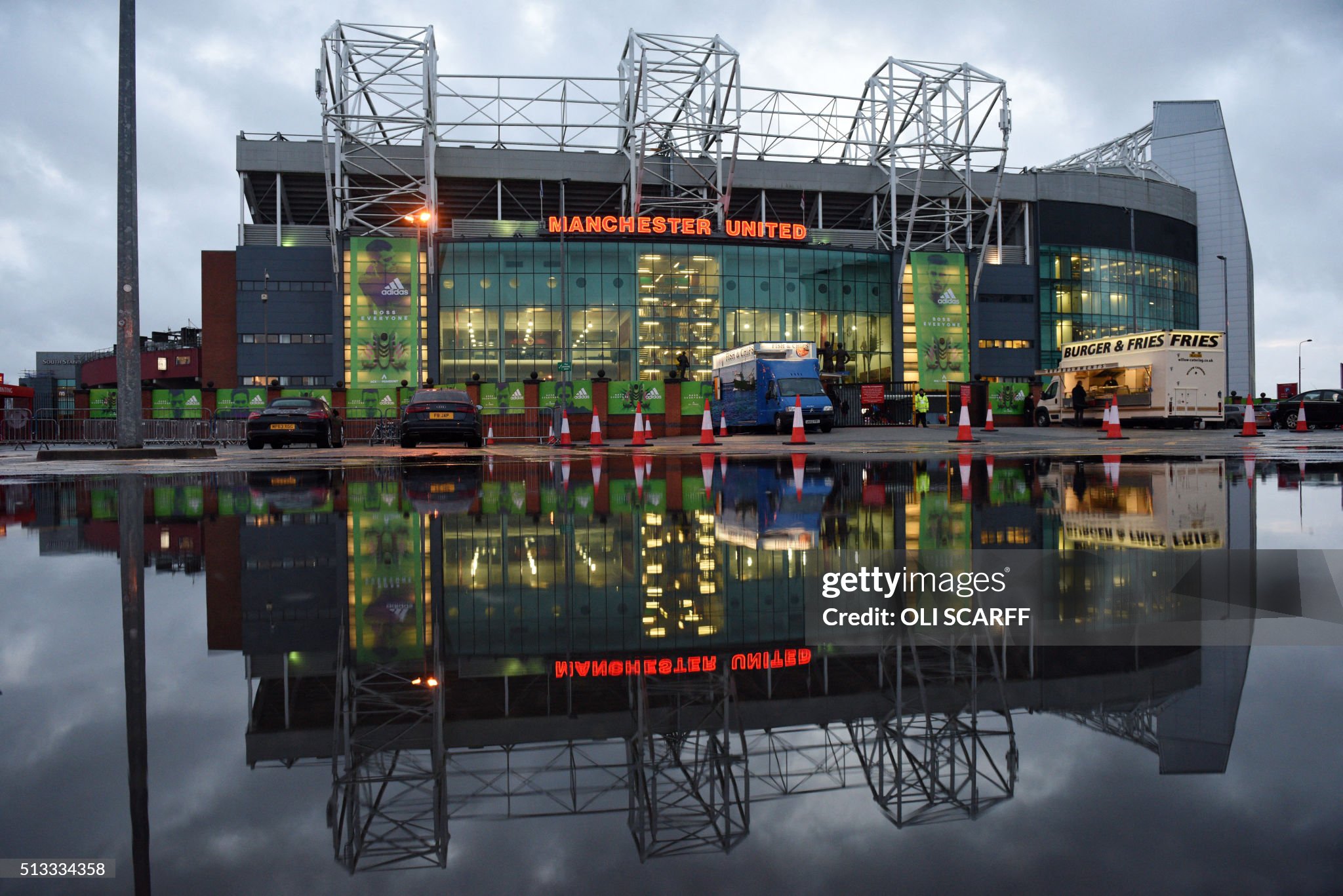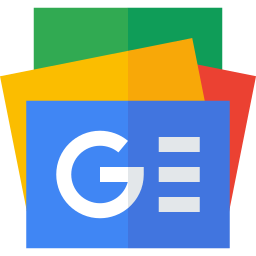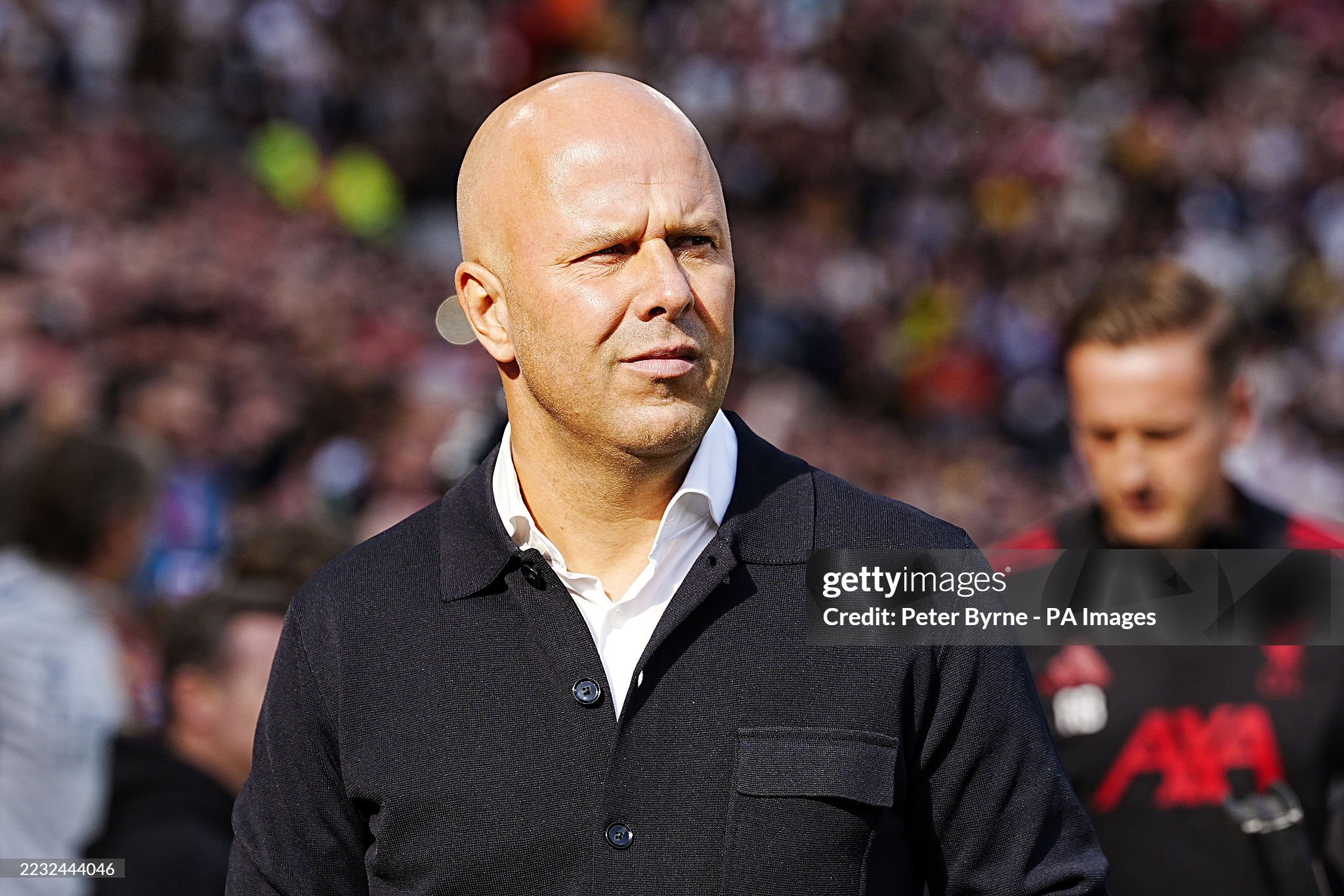According to various English media outlets, Sir Jim Ratcliffe has adjusted his stadium plans. The co-owner of Manchester United is exploring the possibility of building a new stadium but has encountered strong opposition from fans regarding the demolition of Old Trafford.
 Embed from Getty Images
Embed from Getty Images
According to The Guardian and Manchester Evening News, Sir Jim Ratcliffe has reconsidered his initial plans for the future of Old Trafford, influenced by a significant backlash from fans who strongly oppose the idea of demolishing the iconic stadium.
While the proposal to build a new stadium from scratch appears to be more cost-effective than renovating the existing structure, the emotional and historical value of Old Trafford has made this option highly controversial among supporters.
Ratcliffe, who recently became a co-owner of Manchester United and is also the head of INEOS, is now exploring a compromise that would see the construction of a new stadium while preserving Old Trafford in a reimagined capacity. One of the proposals being considered involves reducing Old Trafford's seating capacity from its current 75,000 to around 30,000. This smaller venue could serve as the home for Manchester United's women's team and various youth teams, ensuring that the historic ground continues to play a significant role in the club's future.
This approach would mirror a similar strategy employed by Manchester City, who have developed a smaller stadium for their women's and youth teams alongside the main Etihad Stadium. By maintaining Old Trafford as an active venue, Manchester United could preserve its legacy while adapting to modern needs.
The potential transformation of Old Trafford into a dedicated venue for women's and youth football is supported by the growing popularity of the women's game. The last match of the Manchester United Women's team against Chelsea in the previous season drew nearly 29,000 spectators, demonstrating the increasing fanbase and demand for larger, more suitable venues. Currently, the women's team plays its home games in Leigh, a town approximately 24 kilometers outside Manchester, which presents logistical challenges for fans.
If Old Trafford were to be repurposed, it would provide a more accessible and prestigious home for the women's team, aligning with the broader movement within football to promote and invest in the women's game. The youth teams would also benefit from playing in a venue steeped in history, offering young players a unique environment to develop their skills.
The feasibility and profitability of this plan are still under investigation, as Ratcliffe and his team weigh the financial implications against the cultural and emotional significance of Old Trafford. This decision will be crucial for the future direction of Manchester United, as it seeks to balance modernization with tradition. The outcome of this deliberation will likely have a lasting impact on the club’s identity and its relationship with fans, who have made it clear that preserving the spirit of Old Trafford is non-negotiable.
As the discussions continue, the club's management is expected to engage with various stakeholders, including supporters, to ensure that any decisions made reflect the values and wishes of the Manchester United community. The potential reimagining of Old Trafford could set a new precedent for how historic stadiums are integrated into the future of football, blending heritage with innovation.
Updated: 02:44, 7 Aug 2024








